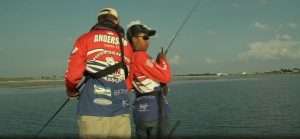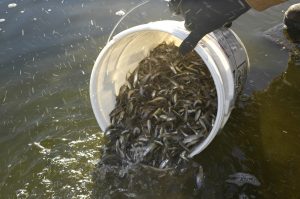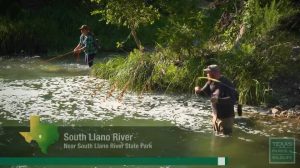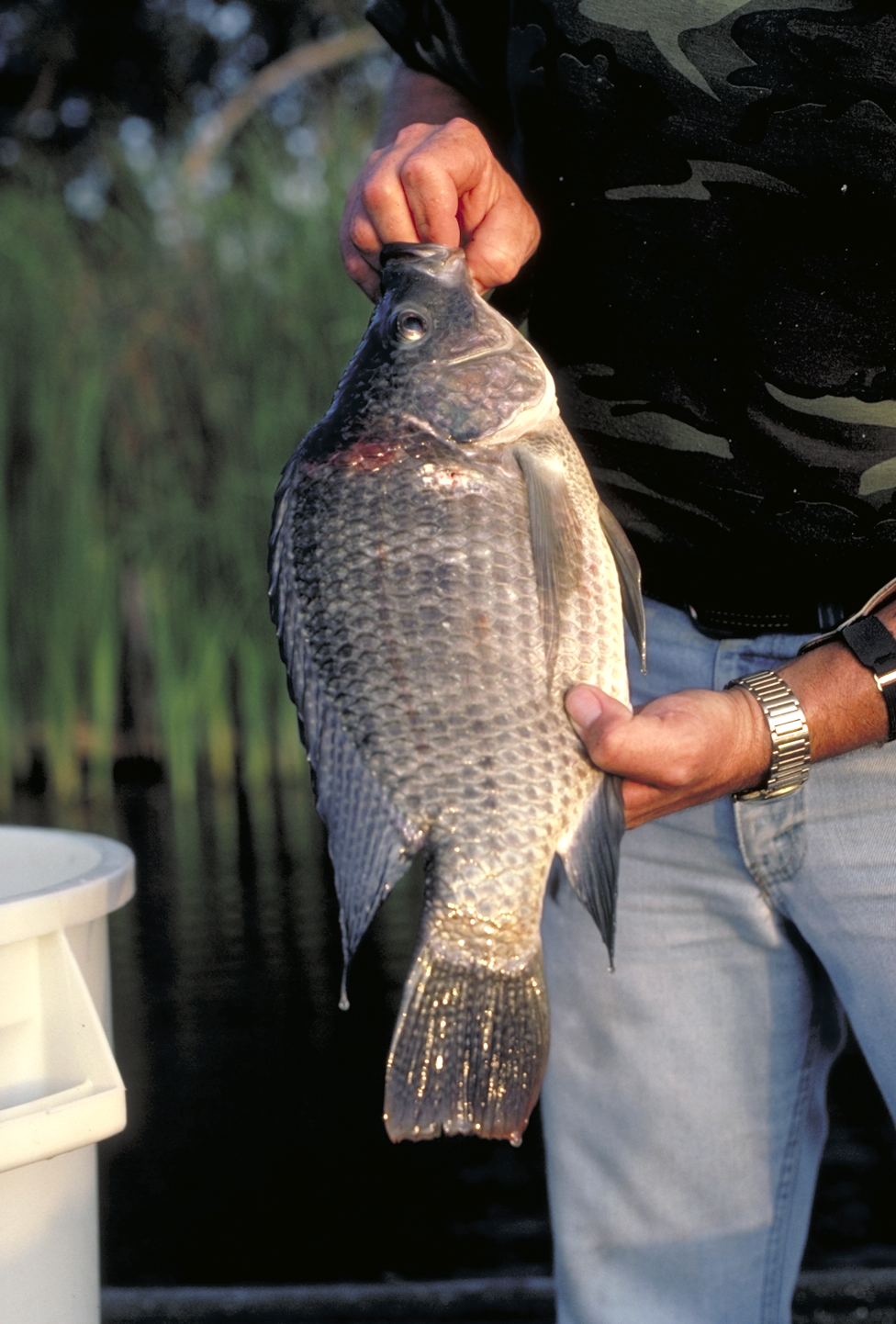Federal Aid in Sport Fish Restoration
Thursday, October 18th, 2018This is Passport to Texas
If you’re an angler or boater, you will be interested to know that every time you purchase fishing tackle or motor boat fuel, you contribute to a trust fund that helps support quality sport fishing and boating access in Texas.
It’s the Dingell-Johnson Act. Also called the Federal Aid in Sport Fish Restoration Act; it is a national program.
It began as an excise tax on rods, reels, creels, and fishing lures; the tax money was used to help fund US efforts during World War II. In 1950 it was redirected, thanks to the efforts of Congressman John Dingell of Michigan and Senator Edwin Johnson of Colorado.
Texas receives a 5% maximum apportionment of all of these federal taxes, and it is matched on a 3 to 1 basis with the sale of state fishing licenses.
In Texas, a little over one-third of the funds support fisheries management. One-fifth, hatchery operations; followed by boating access, aquatic education, habitat protection, sport fishery research and public outreach.
These funds help make fishing and boating better in Texas for everyone—from urban neighborhood fishin’ lakes to…well…this show.
Sport fishing is good for the Texas economy as anglers and boaters spend billions of dollars annually for goods and services. Besides, they get to go fishing. I call that win-win.
The Sport Fish Restoration program supports our series.
For Texas Parks and Wildlife…I’m Cecilia Nasti.







 Passport to Texas is a
Passport to Texas is a  Passport to Texas is made available by:
Passport to Texas is made available by: